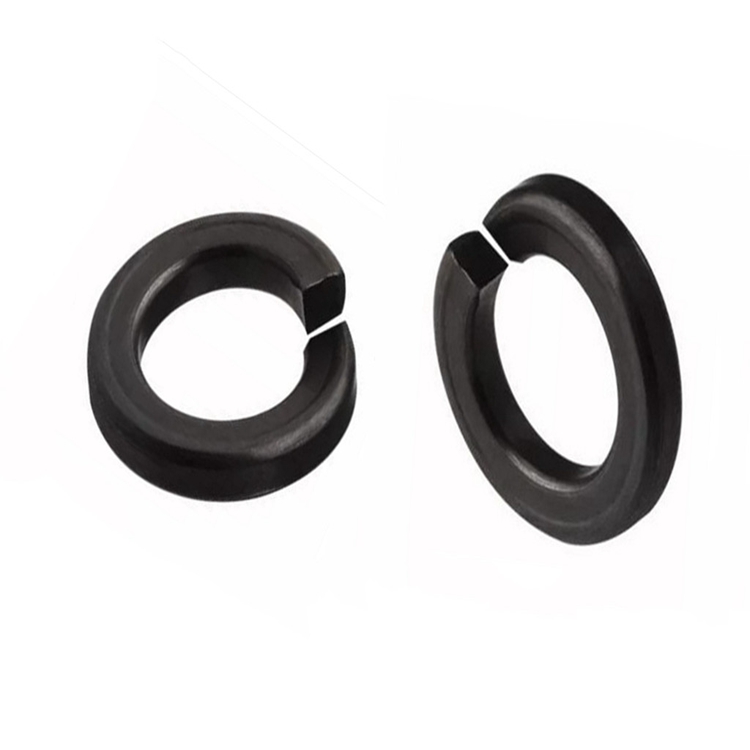M12 Serrated Stud Bolt Specifications and Applications for Various Industries
Oct . 02, 2024 15:45 Back to list
M12 Serrated Stud Bolt Specifications and Applications for Various Industries
Understanding M12 Serrated Stud Bolts A Comprehensive Guide
In the world of engineering and construction, fasteners play an essential role in ensuring the integrity and safety of structures. Among various types of fasteners, the M12 serrated stud bolt has carved out a unique niche thanks to its design and functionality. This article explores the characteristics, applications, advantages, and installation of M12 serrated stud bolts, providing a comprehensive understanding of this vital component.
What is an M12 Serrated Stud Bolt?
The M12 in M12 serrated stud bolt refers to the nominal diameter of the bolt, which is 12 millimeters. A stud bolt is a type of fastener that is typically threaded on both ends while being smooth in the center. Serrated edges are added to the shank of the bolt, which helps improve friction and grip when securing objects together.
Serrated stud bolts are often made from high-strength materials such as stainless steel or alloy steel, ensuring durability and resistance to corrosion or environmental factors. The serrations themselves are grooves or ridges that provide a larger surface area, which improves the bolt's ability to resist rotation and loosening under load.
Applications of M12 Serrated Stud Bolts
M12 serrated stud bolts are versatile and find applications in various industries. They are commonly used in
1. Manufacturing In assembly lines where machinery parts require secure and reliable fastening. 2. Automotive For securing engine components and structural parts within vehicles. 3. Construction To secure frameworks and other structural elements in buildings, bridges, and dams. 4. Aerospace Ensuring the safety and reliability of aircraft components. 5. Marine In boat manufacturing where resistance to corrosion is crucial.
The combination of their strength and ability to maintain grip under dynamic loads makes them an ideal choice across these sectors.
Advantages of M12 Serrated Stud Bolts
The use of M12 serrated stud bolts offers several notable advantages
m12 serrated stud bolt

2. Strength These bolts are often manufactured to high tensile specifications, making them capable of withstanding significant loads without deformation.
3. Versatility They can be used with various materials, including metals, plastics, and composites, making them suitable for a wide range of applications.
4. Easy Installation The straightforward design allows for easy threading into pre-drilled holes, making installation quick and efficient.
5. Cost-Effective Due to their durability and reusability, M12 serrated stud bolts present a cost-effective fastening solution in both short-term and long-term applications.
Installation Tips
Installing M12 serrated stud bolts is relatively straightforward, but certain steps should be followed to ensure optimal performance
1. Preparation Ensure that the mating surfaces are clean and free from debris or rust, which could hinder the bolt's grip.
2. Threading Align the bolt with the pre-drilled hole and thread it in carefully by hand to avoid cross-threading.
3. Torque Settings Utilize a torque wrench to tighten the bolt to recommended specifications. This step is crucial as over-tightening can lead to bolt failure.
4. Checking After installation, it is advisable to periodically check the bolt for signs of loosening, especially in high-vibration applications.
Conclusion
In summary, M12 serrated stud bolts are essential components that ensure reliability and safety in various applications across different sectors. Their robust design, combined with the serrated surface for improved grip, makes them a preferred choice for engineers and builders alike. By understanding their properties and proper installation techniques, you can ensure that your projects benefit from the strength and reliability that M12 serrated stud bolts provide. Whether in manufacturing, construction, or automotive industries, they are a testament to the importance of quality fasteners in achieving structural integrity.
Latest news
-
High-Quality Panel Stud Bolt Reliable Panel Stud Bolt Factory & Suppliers
NewsJul.08,2025
-
High-Precision Fine Thread Locknuts Manufacturer & Supplier Custom Solutions
NewsJul.08,2025
-
PH Imperial Stud Bolt – High Strength Fasteners from Leading Supplier & Factory
NewsJul.07,2025
-
High-Quality Allen Wrench Bolts Leading Factory, Company & Suppliers
NewsJul.07,2025
-
Wholesale Ball Stud Bolt - High Quality Supplier & Factory Price Reliable Wholesale Ball Stud Bolt Company
NewsJul.06,2025
-
High-Strength Alloy Bolts Manufacturer & Supplier Quality Alloy Fasteners Factory
NewsJul.06,2025
